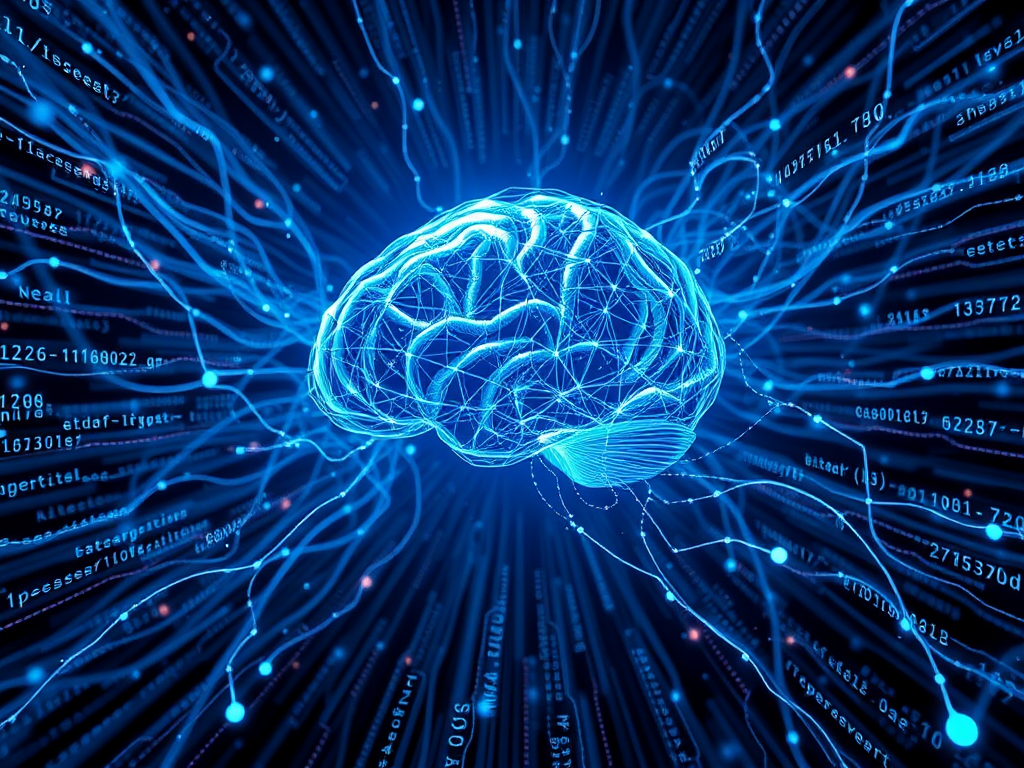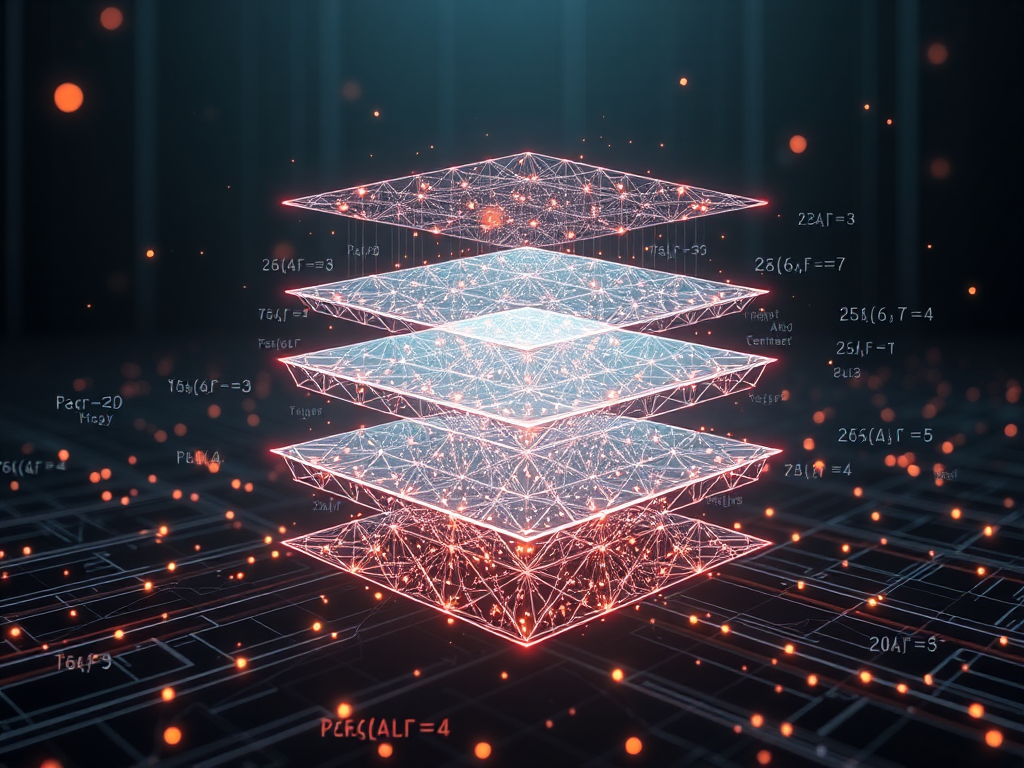Origin
Have you ever wondered why deep learning frameworks like PyTorch and TensorFlow can automatically calculate gradients? This question puzzled me for a long time. Until one day, while implementing a simple neural network, I suddenly realized the importance of automatic differentiation. Today, let's explore this fascinating technical detail together.
Basic Knowledge
Before diving deep, we need to understand what a computational graph is. Imagine when you write a simple mathematical expression like:
y = (x + 2) * 3
This expression can be represented as a computational graph, where each operation is a node. I find computational graphs particularly helpful in understanding complex mathematical operations because they make abstract computational processes visually intuitive.
Let's implement a simple computational graph node:
class Node:
def __init__(self):
self.gradient = 0.0
self.prev = []
def forward(self):
pass
def backward(self):
pass
Implementation Details
In practice, I found that implementing a basic addition node is a good starting point for understanding automatic differentiation:
class AddNode(Node):
def __init__(self, x, y):
super().__init__()
self.x = x
self.y = y
self.prev = [x, y]
def forward(self):
return self.x.value + self.y.value
def backward(self):
self.x.gradient += self.gradient
self.y.gradient += self.gradient
Do you know why backpropagation for addition nodes is so simple? It's because the derivative of addition is always 1. In contrast, multiplication nodes are a bit more complex:
class MulNode(Node):
def __init__(self, x, y):
super().__init__()
self.x = x
self.y = y
self.prev = [x, y]
def forward(self):
return self.x.value * self.y.value
def backward(self):
self.x.gradient += self.y.value * self.gradient
self.y.gradient += self.x.value * self.gradient
Practical Applications
In my practice, I found that the most brilliant application of automatic differentiation is in neural network training. Let's implement a simple neural network layer:
class LinearLayer(Node):
def __init__(self, input_size, output_size):
super().__init__()
self.weights = np.random.randn(input_size, output_size) * 0.01
self.biases = np.zeros(output_size)
self.input = None
self.output = None
def forward(self, x):
self.input = x
self.output = np.dot(x, self.weights) + self.biases
return self.output
def backward(self, grad_output):
self.grad_weights = np.dot(self.input.T, grad_output)
self.grad_biases = np.sum(grad_output, axis=0)
return np.dot(grad_output, self.weights.T)
Performance Optimization
Speaking of performance optimization, I have to mention a pitfall I encountered. When implementing large-scale neural networks, memory leaks can easily occur if memory management isn't handled properly:
class OptimizedNode(Node):
def __init__(self):
super().__init__()
self._cached_result = None
def forward(self):
if self._cached_result is None:
self._cached_result = self._compute()
return self._cached_result
def clear_cache(self):
self._cached_result = None
Practical Experience
Through years of deep learning engineering practice, I've summarized several key experiences:
- Importance of Gradient Checking
Once, my model's training performance was particularly poor, and it took a long time to discover that the backpropagation implementation was incorrect. Since then, I've developed a strict gradient checking habit:
def gradient_check(f, x, epsilon=1e-7):
analytical_grad = f.backward()
numerical_grad = np.zeros_like(x)
for i in range(x.size):
old_val = x.flat[i]
x.flat[i] = old_val + epsilon
pos = f.forward()
x.flat[i] = old_val - epsilon
neg = f.forward()
numerical_grad.flat[i] = (pos - neg) / (2 * epsilon)
x.flat[i] = old_val
return np.allclose(analytical_grad, numerical_grad)
- Computational Graph Optimization
When dealing with large-scale models, optimization of computational graphs is crucial. I often use these techniques:
- Merging adjacent linear operations
- Using in-place operations to reduce memory usage
-
Timely release of unnecessary intermediate results
-
Numerical Stability
Have you encountered numerical overflow issues during training? I've experienced it many times. Later, I developed a set of handling methods:
class NumericallyStableNode(Node):
def forward(self):
x = self.input.value
# Using log-sum-exp trick
max_x = np.max(x, axis=1, keepdims=True)
exp_x = np.exp(x - max_x)
sum_exp_x = np.sum(exp_x, axis=1, keepdims=True)
log_sum_exp = np.log(sum_exp_x) + max_x
return x - log_sum_exp
Future Outlook
Automatic differentiation technology continues to evolve. Recently, I've been particularly focused on these directions:
-
Dynamic Computational Graph Optimization Modern deep learning frameworks are exploring more efficient ways of dynamic graph computation. I believe future frameworks might adopt a hybrid architecture that maintains both the performance advantages of static graphs and the flexibility of dynamic graphs.
-
Distributed Automatic Differentiation As model scales grow larger, distributed training becomes increasingly important. How to efficiently perform automatic differentiation computation in a distributed environment is a direction worth researching.
-
Hardware Acceleration for Automatic Differentiation The development of specialized hardware accelerators might bring revolutionary breakthroughs in automatic differentiation computation. I look forward to seeing more hardware designs optimized for automatic differentiation.
Conclusion
Looking back at the entire learning and practice process, I deeply appreciate the elegance and power of automatic differentiation technology. It's not just the core of deep learning frameworks but also a bridge connecting mathematical theory with engineering practice.
What aspects of automatic differentiation technology do you think can be improved? Feel free to share your thoughts and experiences in the comments. Let's discuss and progress together.
Remember, understanding automatic differentiation is not the end point, but rather the starting point for opening up broader horizons in deep learning. I look forward to seeing more exciting innovations in this field.







